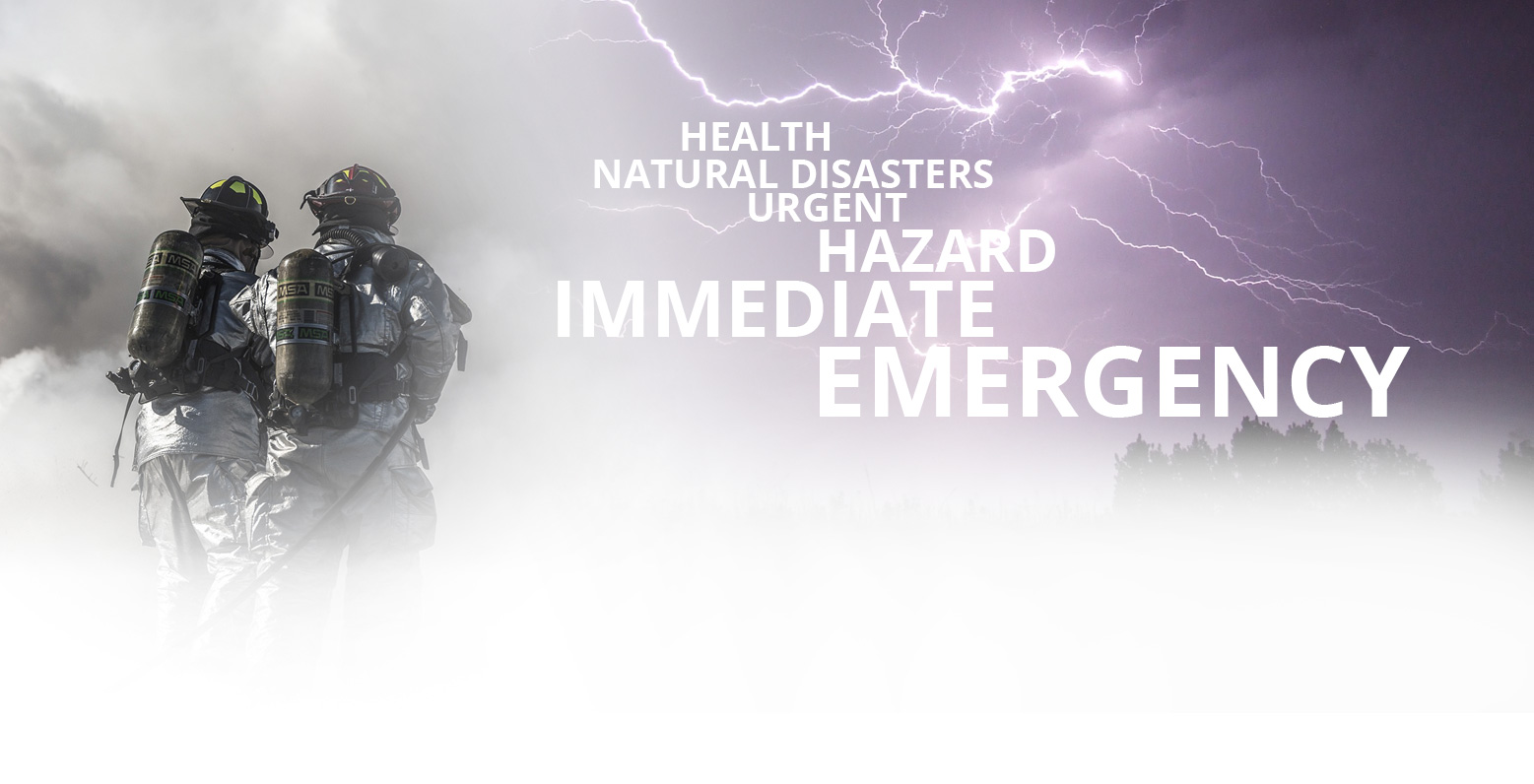Pandemic Influenza Facts
A pandemic is a global disease outbreak. An influenza pandemic occurs when a new influenza A virus emerges for which there is little or no immunity in the human population, begins to cause serious illness and then spreads easily person-to-person worldwide.
New influenza viruses emerge as a result of a process called antigenic shift, which causes a sudden and major change in influenza A viruses. These changes occur when proteins on the surface of the virus combine in new ways as a result of mutation or exchange of genetic material between multiple influenza viruses. If such changes result in a new influenza A virus subtype that can infect humans and spread easily from person to person, an influenza pandemic can occur.
Many scientists believe it is a matter of time until the next influenza pandemic occurs. However, the timing and severity of the next pandemic cannot be predicted. Influenza pandemics occurred three times in the past century — in 1918-19, 1957-58, and 1968-69.
Although it is unpredictable when the next pandemic will occur and what strain may cause it, the continued and expanded spread of a highly pathogenic—and now endemic—avian H5N1 virus across eastern Asia and other countries represents a significant threat.
Avian H5N1 influenza infection in humans was first recognized in 1997 when this virus infected 18 people in Hong Kong, causing 6 deaths. Concern has increased in recent years as avian H5N1 infections have killed large numbers of poultry flocks and other birds in Asia and Europe. Since 2003, more than 100 human H5N1 cases have been reported in Thailand, Vietnam, Cambodia, and Indonesia, and more than half have died.
The H5N1 virus has raised concerns about a potential human pandemic because:
- The H5N1 virus is widespread in poultry in many countries in Asia and has spread to Europe;
- The virus has been transmitted from birds to mammals and in some limited circumstances to humans;
- Wild birds and domestic ducks have been infected without showing symptoms and become carriers of viral infection to other domestic poultry species;
- There a few cases of human-to-human transmission have been reported; and
- Genetic studies confirm that H5N1 influenza viruses, like other influenza viruses, are continuing to evolve.
Although H5N1 probably poses the greatest current pandemic threat, other avian influenza A subtypes also have infected people in recent years. For example, in 1999, H9N2 infections were identified in Hong Kong; in 2002; and 2003, H7N7 infections occurred in the Netherlands and H7N3 infections occurred in Canada. These viruses also have the potential to give rise to the next pandemic.
Scientists cannot predict whether an avian influenza (H5N1) virus will cause a pandemic. That is why we are focusing on comprehensive public health efforts — increasing surveillance monitoring for outbreaks, international cooperation, antiviral and vaccine stockpiles and building more robust capacity for vaccine production — that will help protect us no matter what pandemic strain emerges or where.
Influenza vaccines are designed to protect against a specific virus, so a pandemic vaccine cannot be produced until a new pandemic influenza virus emerges and is identified. Even after a pandemic influenza virus has been identified, it could take at least 6 months to develop, test and produce vaccine.
The influenza vaccine production process is long and complicated. Traditional influenza vaccine production for the U.S. relies on long-standing technology based on chicken eggs. This production technology is labor-intensive and takes 9 months from start to finish.
The flu vaccine production process is further complicated by the fact that influenza virus strains continually evolve. Thus, seasonal flu vaccines must be modified each year to match the strains of the virus that are known to be in circulation among humans around the world. As a result of this constant viral evolution, seasonal influenza vaccines cannot be stockpiled year to year.
The appearance of an influenza pandemic virus would likely be unaffected by currently available flu vaccines. Researchers are making and testing possible H5N1 vaccines now.
Large amounts of vaccine cannot be made before knowing exactly which virus will cause the pandemic. It could then take up to 6 months before a vaccine is available and in only limited amounts at first. Research is underway to make vaccines more quickly.
How many influenza vaccine manufacturers have production facilities in the United States?
Currently, Sanofi Pasteur and Medimmune have influenza vaccine production facilities in the United States, although only Sanofi Pasteur?s entire production process is based in this country.
HHS has made the establishment and expansion of U.S.-based manufacturing facilities for influenza vaccine a key component of its strategy to improve the security of the influenza vaccine supply.
Most likely, the federal government will work with manufacturers, distributors and states and the states will develop distribution plans at the local level. States are developing and improving plans to distribute a vaccine rapidly. These plans build on experience gained from other emergencies.
In addition, influenza vaccine makers already have systems in place to distribute vaccine. Tens of millions of doses of seasonal influenza vaccine are shipped every year, and during past shortages, vaccine makers have responded to urgent situations.
Fairness in vaccine distribution and use during a pandemic is important. Protecting people at high risk and protecting essential day-to-day services are also important considerations.
Although scientists cannot predict the specific consequences of an influenza pandemic, it is likely that many age groups would be seriously affected. Factors to consider include the following:
- Few if any people would have immunity to the virus.
- The virus could spread rapidly.
- An influenza pandemic could temporarily disrupt activities important to overall public health, the economy, and essential community services.
Vaccines are usually given as a preventive measure. Currently available viral vaccines are usually made from either killed virus or weakened versions of the live virus or pieces of the virus that stimulate an immune response to the virus. When immunized, the body is then poised to fight or prevent infection more effectively.
Antivirals are drugs that may be given to help prevent viral infections or to treat people who have been infected by a virus. When given to treat people who have been infected, antiviral medications may help limit the impact of some symptoms and reduce the potential for serious complications, especially for people who are in high risk groups.
Antivirals may help prevent infection in people at risk and lessen the impact of symptoms in those infected with influenza. It is unlikely that they would substantially modify the course or effectively contain the spread of an influenza pandemic.
A number of antiviral medications (antivirals) are approved by the U.S. Food and Drug Administration to treat and sometimes prevent flu. At this time, Tamiflu® and Relenza® are the most likely antivirals to be used in a pandemic. There are efforts to find new drugs and to increase the supply of antivirals. If everyone follows the recommended uses of antivirals there will be more available for those who need it most.
In the event of a pandemic, certain public health measures may be important to help contain or limit the spread of infection as effectively as possible. The following actions could include:
- Treating sick and exposed people with antivirals,
- Isolating sick people in hospitals, homes, or other facilities,
- Identifying and quarantining exposed people,
- Closing schools and workplaces as needed,
- Canceling public events, and
- Restricting travel.
In addition, people should protect themselves by:
- Getting seasonal flu shots,
- Washing hands frequently with soap and water,
- Staying away from people who are sick, and
- Staying home if sick.
The consequences of an influenza pandemic are difficult to predict. Pandemics occurred three times in the past century. The most recent (1968) was the mildest and killed about 34,000 people in the United States. The most severe influenza pandemic in the past century occurred in1918 and killed about 500,000 Americans and up to 40 million people worldwide.
Experts believe it highly unlikely that a pandemic influenza virus could be created by terrorists. Developing a pandemic influenza virus would require extraordinary scientific skill as well as sophisticated scientific equipment and other resources.
Federal, State, and local health agencies are making plans to prepare for, respond to, and contain an outbreak of pandemic flu. HHS activities to prepare for a pandemic flu include:
- Supporting Federal, State, and local health agencies? efforts to prepare for and respond to a pandemic flu outbreak;
- Working with the World Health Organization (WHO) and other nations to help detect and contain outbreaks;
- Developing a national stockpile of antiviral drugs to help treat and control the spread of disease;
- Supporting the manufacture and testing of possible vaccines, including finding more reliable and quicker ways to make large quantities of vaccines; and
- Working with other Federal agencies to prepare and to encourage communities, businesses, and organizations to plan for a pandemic influenza outbreak.
Funding from CDC's Public Health Preparedness Cooperative Agreements has allowed state and local health agencies to enhance the capacity of their public health systems to respond to public health threats, including pandemic influenza.
All states have emergency plans for responding to an influenza pandemic. All states have reviewed their public health legal authorities pertaining to isolation and quarantine. States are in various phases of updating regulations and legislation after reviewing their current authorities. CDC's Public Health Law program is cataloging all state quarantine authorities.
As part of planning for smallpox, all states have developed plans for mass immunization. In the past 12 months, all states conducted exercises to test components of their smallpox plans and 46 conducted exercises related to components of their pandemic influenza plan. Exercises such as these allow states and communities to identify weaknesses and take corrective action.
If an influenza pandemic occurs, many people could become sick at the same time and would be unable to go to work. Many would stay at home to care for sick family members. Schools and businesses might close to try to prevent disease spread. Large group gatherings might be canceled. Public transportation might be scarce. These are examples of challenges that local communities, schools, civic organizations, and businesses will have to work together on to plan for a pandemic response.




